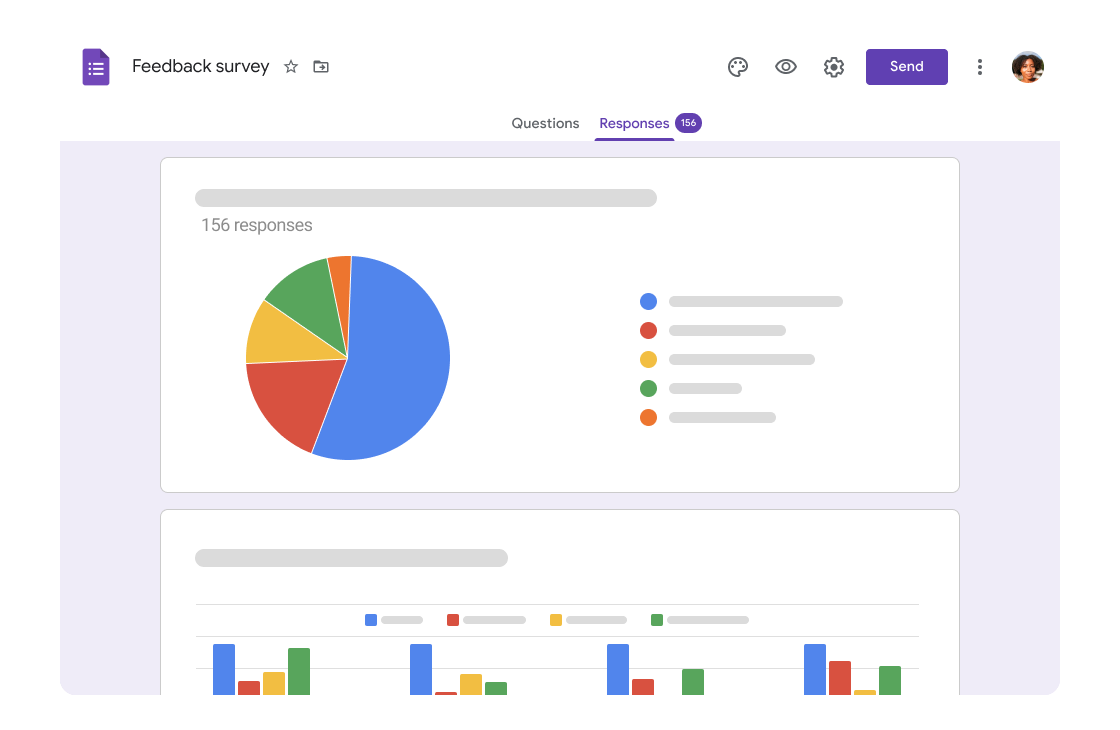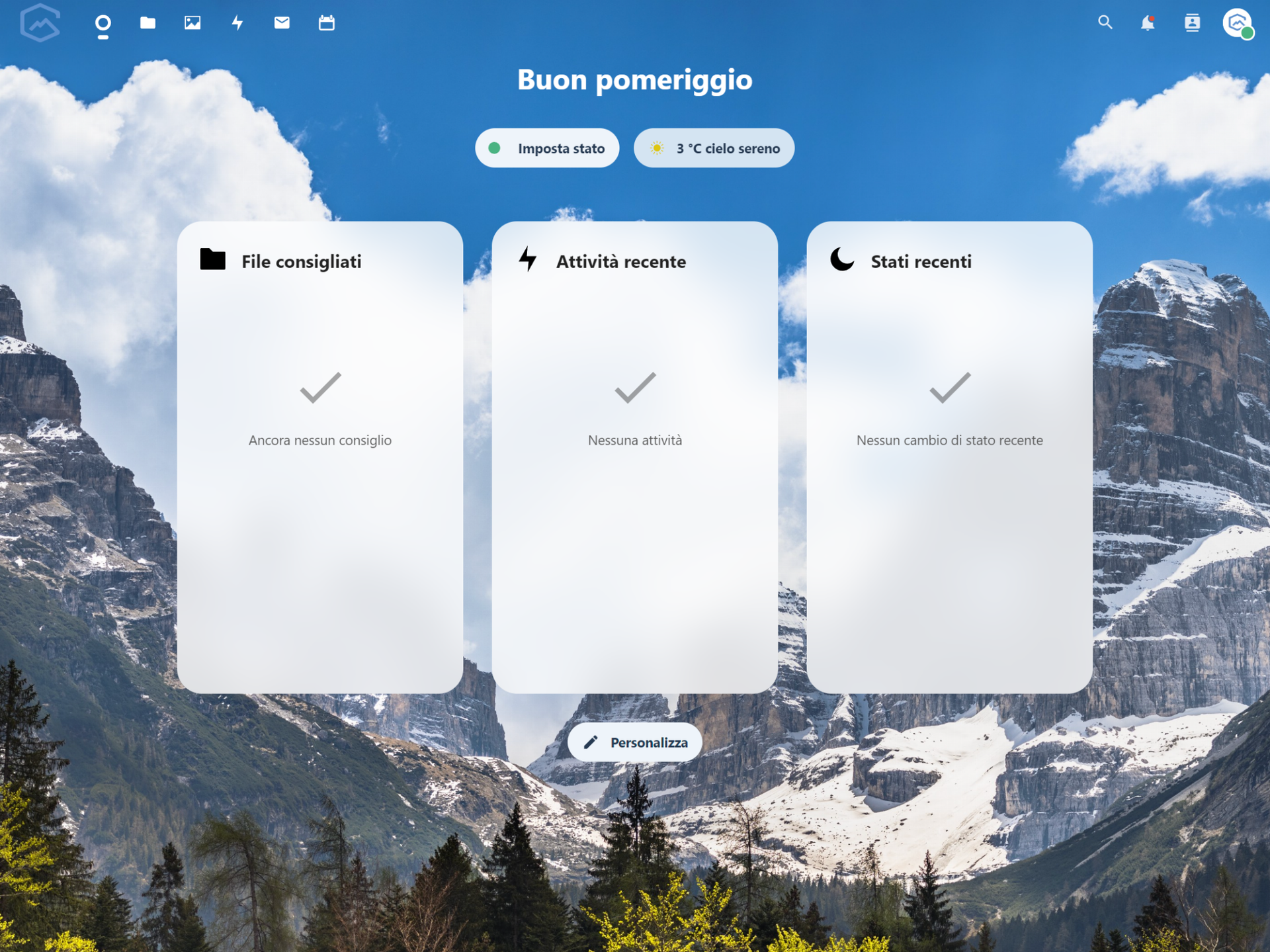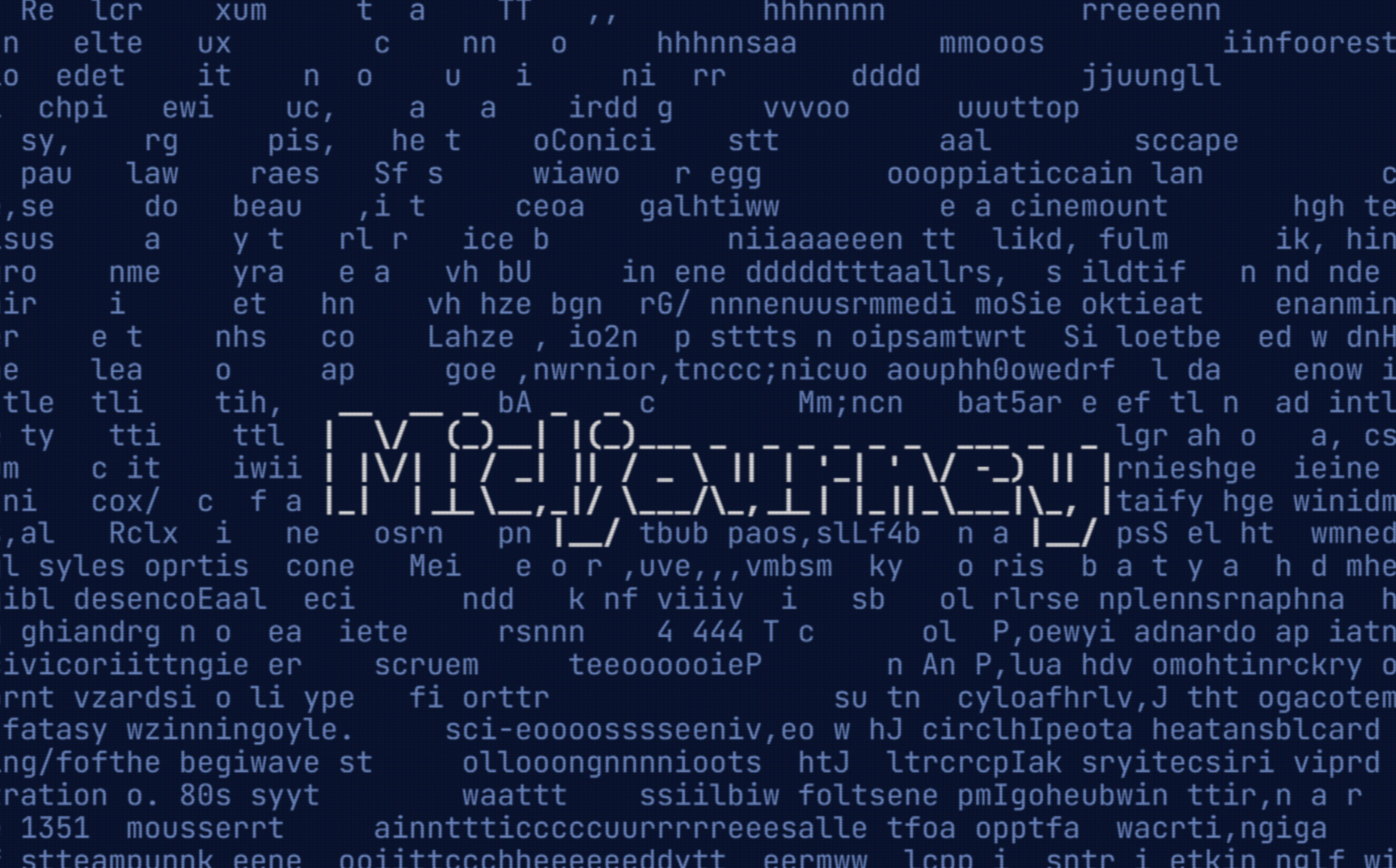In the vast universe of online tools, Google Forms stands out as a solution simple and effective for creating surveys, questionnaires, and various forms. Whether you are a teacher looking for a way to test your students' knowledge, a company wanting to collect feedback from customers, or simply an individual curious to know what your friends think about a certain topic, Google Forms is the tool for you. In this article, we will explore the main functionalities, the advantages, e how to make the most of them.
What is Google Forms?
Google Forms is a free tool offered by Google as part of the Google Workspace suite. It allows you to create surveys, questionnaires and quizzes in modo intuitivo e veloce, fornendo allo stesso tempo potenti strumenti di analisi per valutare i risultati. La sua interfaccia user-friendly e la capacità di integrarsi perfettamente con altri prodotti Google come Google Fogli (per l’analisi dei dati) e Google Drive (per la condivisione e l’archiviazione), rendono Google Moduli uno strumento indispensabile per chiunque abbia bisogno di raccogliere informazioni in modo organizzato.

Why Use Google Forms?
Ease of use: Creating a form is extremely intuitive. You can start with a predefined template or from scratch, adding questions of various types (multiple-choice, open-ended, check boxes, etc.) in just a few clicks.
Customisation: Despite its simplicity, Google Forms offers extensive customisation possibilities. You can change the theme of your form, add images and videos, and even insert conditional questions that change based on previous answers.
Data AnalysisOnce the answers have been collected, Google Forms facilitates the analysis of the data. Responses can be visualised in real time, with graphs and statistics helping to interpret the results. In addition, data can be exported to Google Sheets for deeper analysis.
Accessibility and sharing: I moduli possono essere facilmente condivisi tramite link, email, o incorporati in un sito web. La compatibilità con dispositivi mobili assicura che i tuoi moduli siano accessibili a tutti, in qualsiasi momento e luogo.
How to Create an Effective Module
1. The Foundation of a Successful Module: Defining the Objective
Before even thinking about which colour to use for your form or which question to insert first, it is It is essential to clearly define the objective of your survey. This step may seem obvious, but establishing the purpose of your form is key to ensuring that each subsequent element is aligned with your ultimate goal. Whether you're trying to gather feedback on a product, understand your customers' preferences, or simply organise an event, every question you include in your form should contribute to this purpose.
Think of your form as a journey. Before you start your journey, you need to know where you want to go. Similarly, before creating your module, you must have a clear vision of the objective. This not only helps you choose which questions to include but also guides you in structuring the module so that it flows logically from beginning to end. Questions should be constructed in such a way that they guide participants through the module without confusing them, always maintaining a logical thread that leads them back to the main objective.
An effective strategy is to write the objective of your module in a clear and concise sentence. This sentence will serve as your beacon, lighting the way as you design each aspect of your survey. Ask yourself, "Does each question I am entering serve this objective?" If the answer is no, it may be time to reconsider that question.
2. Choose the Appropriate Question Type
Choosing the right type of question is crucial for the creation of an effective form. Multiple-choice questions, open questions, e linear stairs are just some of the options available to you, each with its own strengths depending on the type of information you want to collect.
Le multiple-choice questions are ideal for quick answers and for situations where the answer options are well defined. This type of question greatly facilitates data analysis, allowing you to identify trends and preferences clearly and immediately. It is important, however, to offer comprehensive response options, including, if necessary, an 'Other' option to cover any unanticipated responses.
Le open questionson the other hand, are powerful tools for gathering detailed feedback and qualitative insights. They allow participants to express themselves freely, giving you a deeper understanding of their opinions and feelings. However, the analysis of responses may be more complex and require a more manual approach.
Le linear stairs are excellent for assessing degrees of satisfaction or importance. They offer participants a simple way to quantify their opinion on a specific topic, facilitating a statistical evaluation of responses.
3. Clarity and Brevity: Guiding Principles
When it comes to formulating questions for your form, the clarity and brevity are cardinal principles. Each question should be phrased in such a way that it is immediately understandable, avoiding ambiguities that could lead to inaccurate or misleading answers. It is essential that participants understand exactly what you are asking without having to interpret the meaning of the questions.
At the same time, brevity is crucial. Long modules full of complex questions can discourage participants, leading to a higher drop-out rate. The goal is to keep the module as short as possible, without sacrificing the crucial information you need. A good rule of thumb is to ask yourself whether each question contributes directly to the module's objective. If the answer is negative, consider eliminating it.
4. Testing the Module: A Crucial Step
Before making your module accessible to the general public, it is vital to test it with a small group of people. This preliminary test may reveal problems or ambiguities in the applications that you may not have noticed. It is an opportunity to receive feedback on how the form is perceived and how it could be improved.
The test group should be as varied as possible to ensure that the module is comprehensible from different points of view. Particular attention should be given to questions that cause confusion or misinterpretation. This is the time to make changes and adjustments, improving the clarity and overall effectiveness of the module.
5. Analysing Collected Data: Beyond Answers
Once the answers have been collected, the work is not finished. L'data analysis is a fundamental step that transforms simple answers into actionable insights. The analysis tools integrated in Google Modules allow the data collected to be visualised in real time, with graphs and statistics facilitating the interpretation of results.
Looking for trends and patterns in data can help you better understand your audience and make informed decisions. It is important, however, to approach analysis with an open mind, ready to acknowledge and accept feedback that might challenge your initial expectations or beliefs.
In conclusion, the creation of an effective form requires attention at every stage of the process, from the definition of the objective to the choice of question type, from the clear and concise formulation of questions
Conclusion
Google Forms is an excellent solution for anyone who needs to collect information in a quick and organised manner. Its ease of use, combined with powerful analysis capabilities, makes it a versatile tool suitable for a wide range of applications. Whether you are planning an event, collecting data for research, or simply curious about people's opinions, Google Forms is the tool for you. Make the most of it to turn your questions into concrete actions.







